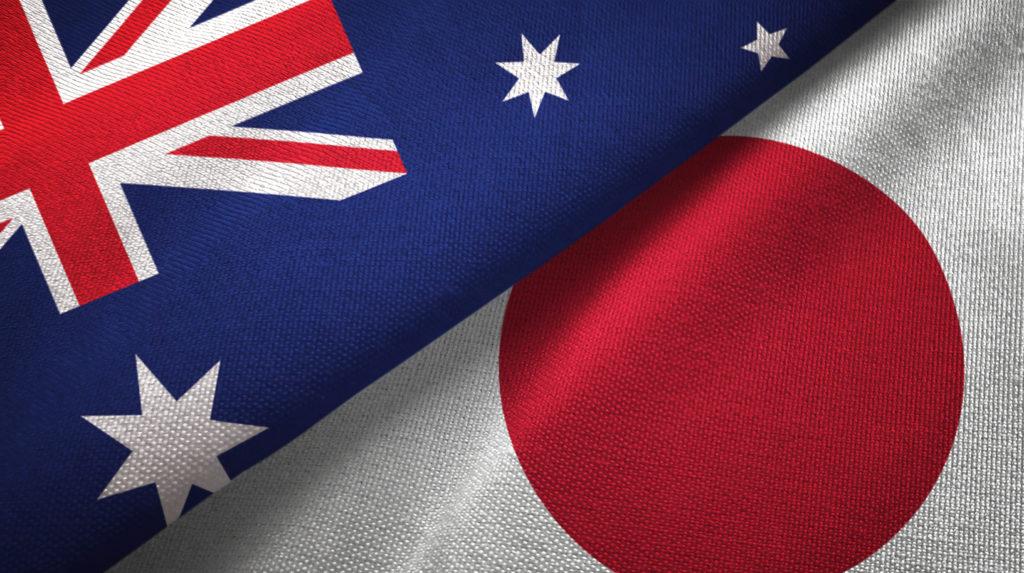Japan, Australia Mull Over Military Access Pact. Now Comes the Hard Part.

Australia and Japan flags together relations textile cloth, fabric texture
Originally published by Japan Forward
The Australian and Japanese prime ministers met in Tokyo on Tuesday, November 17, and discussed trade, energy, environment, and defense matters. But the defense part gets the attention, as both leaders agreed “in principle” on a Reciprocal Access Agreement (RAA).
The RAA makes it easier for each nation’s troops to operate in each other’s country. It’s the first such agreement Japan has signed with a country besides the United States.
One imagines the Australians are wondering why it took six years to reach a deal, while the Japanese are probably congratulating themselves for having done it so fast.
The Japanese and Australian militaries are not total strangers. Japanese troops have been training in Australia since the early 2010s, to include sending ships and troops to the Talisman Sabre exercise. Japanese ships have recently exercised alongside the Australian Navy in the Indian Ocean Malabar Exercise and in the South China Sea.
Individual Australian Defense Force personnel have been assigned to Japan for decades. And Royal Australian Air Force (RAAF) aircraft have used U.S. bases in Japan (under United Nations auspices) in recent years while enforcing North Korea sanctions.
But Australian units have not trained or been stationed in Japan. The door is now open wider in both directions, in theory.
Making it Meaningful
The important thing with an agreement like this is what both sides make of it.
Japan’s natural inclination is to consider signing an agreement to be progress enough, and thus no need to do much more. That would be unfortunate.
Some of the low-hanging fruit to move things forward? Deploying a RAAF squadron to Japan ー and, vice versa, a Japan Air Self-Defense Force squadron to Australia. Bringing the Australian army and navy to exercise in Japan is also easy. Beside the favorable “optics” of the Japan Self-Defense Forces and Australian Defense Force operating together, the JSDF benefits from deeper exposure to another military and different ways of doing things.
Keep in mind this was all thought impossible a decade ago — or even four years ago, for that matter, after Australia went with a French replacement for its aging submarine force, despite the Japanese thinking the “fix was in” for their submarine.
Click HERE to read more.
